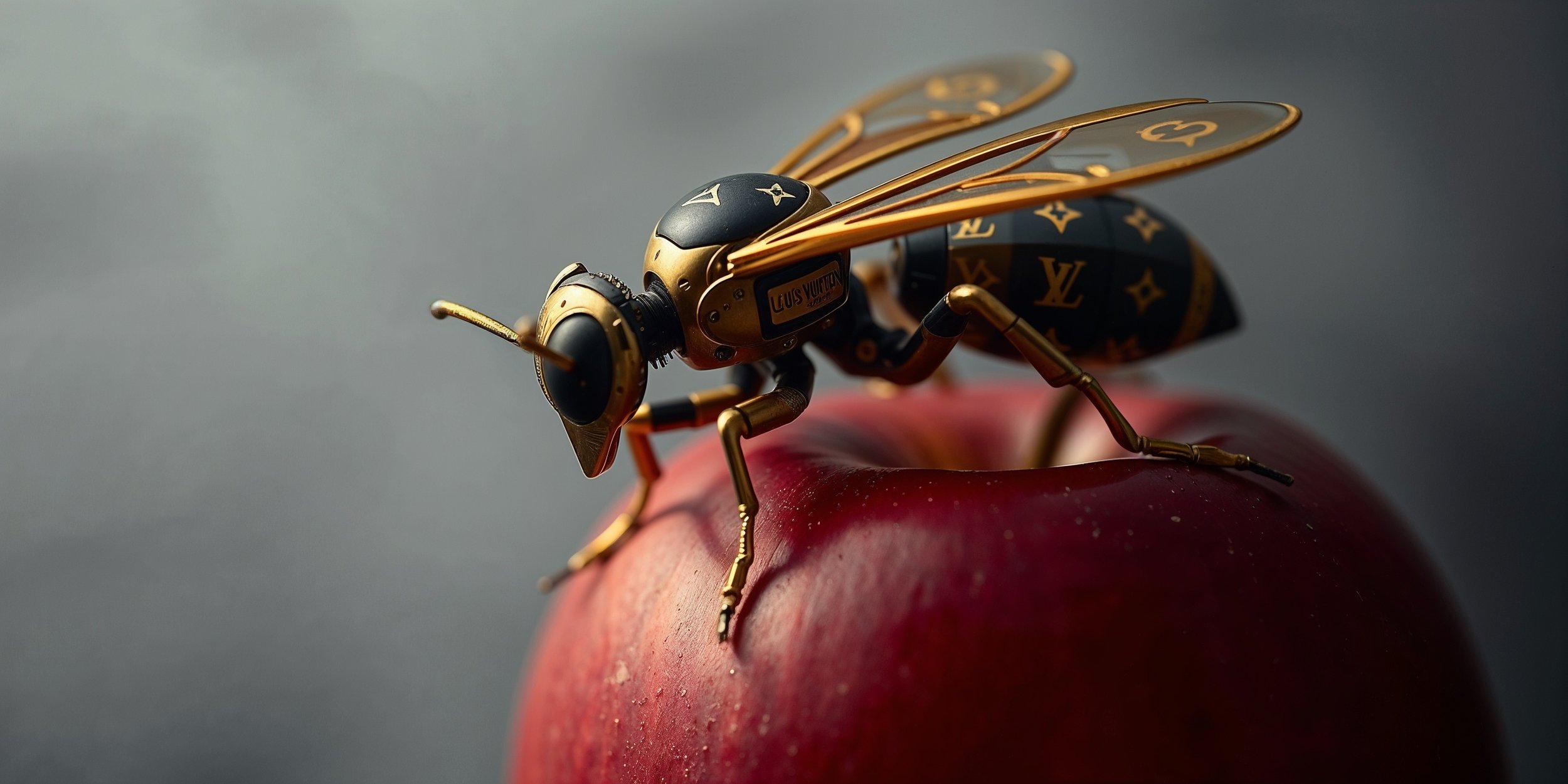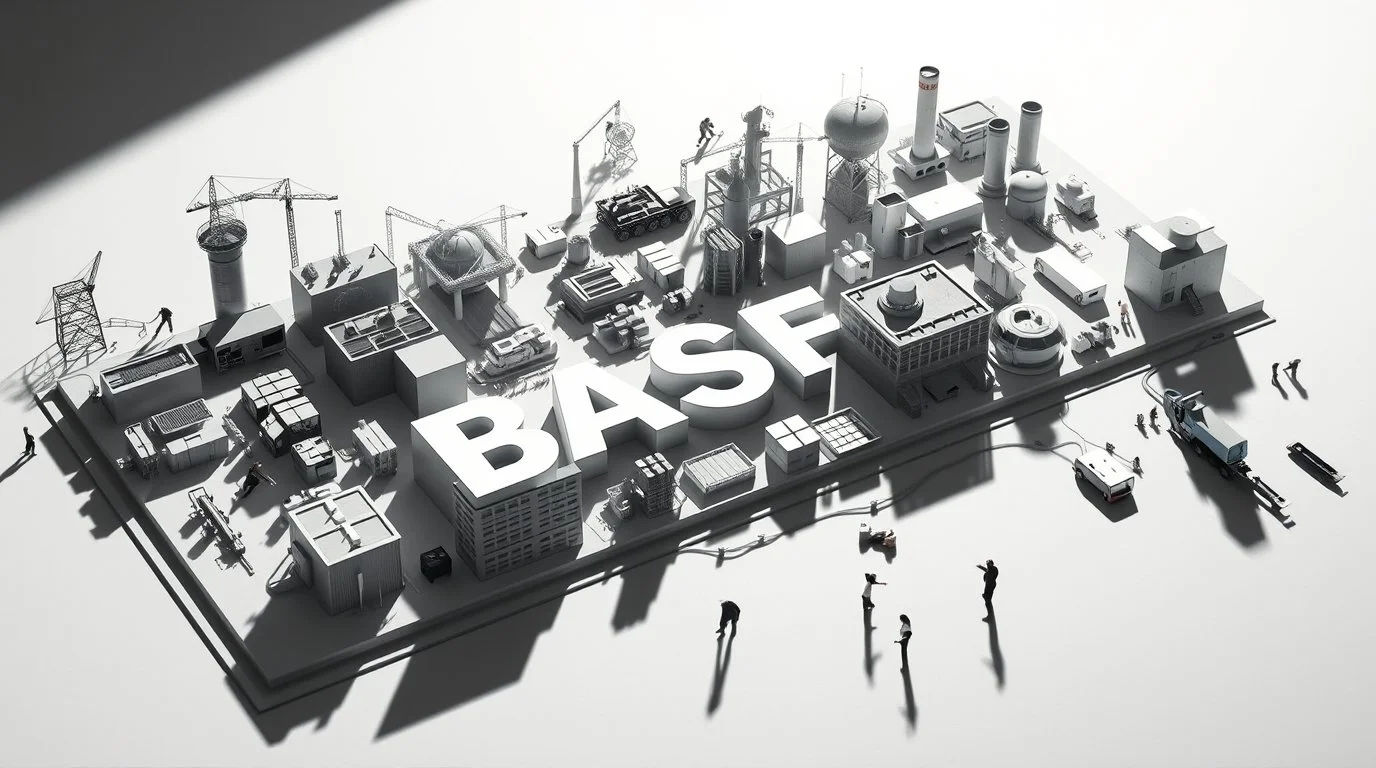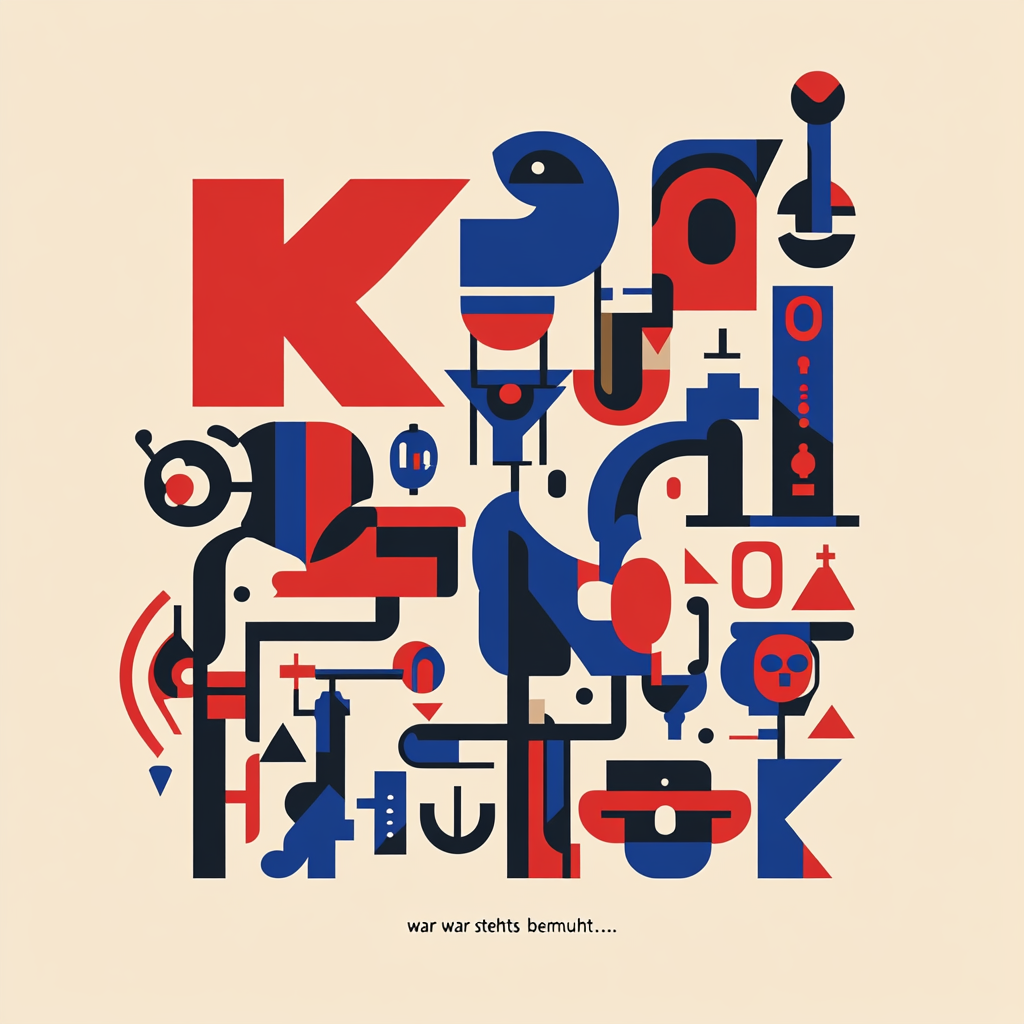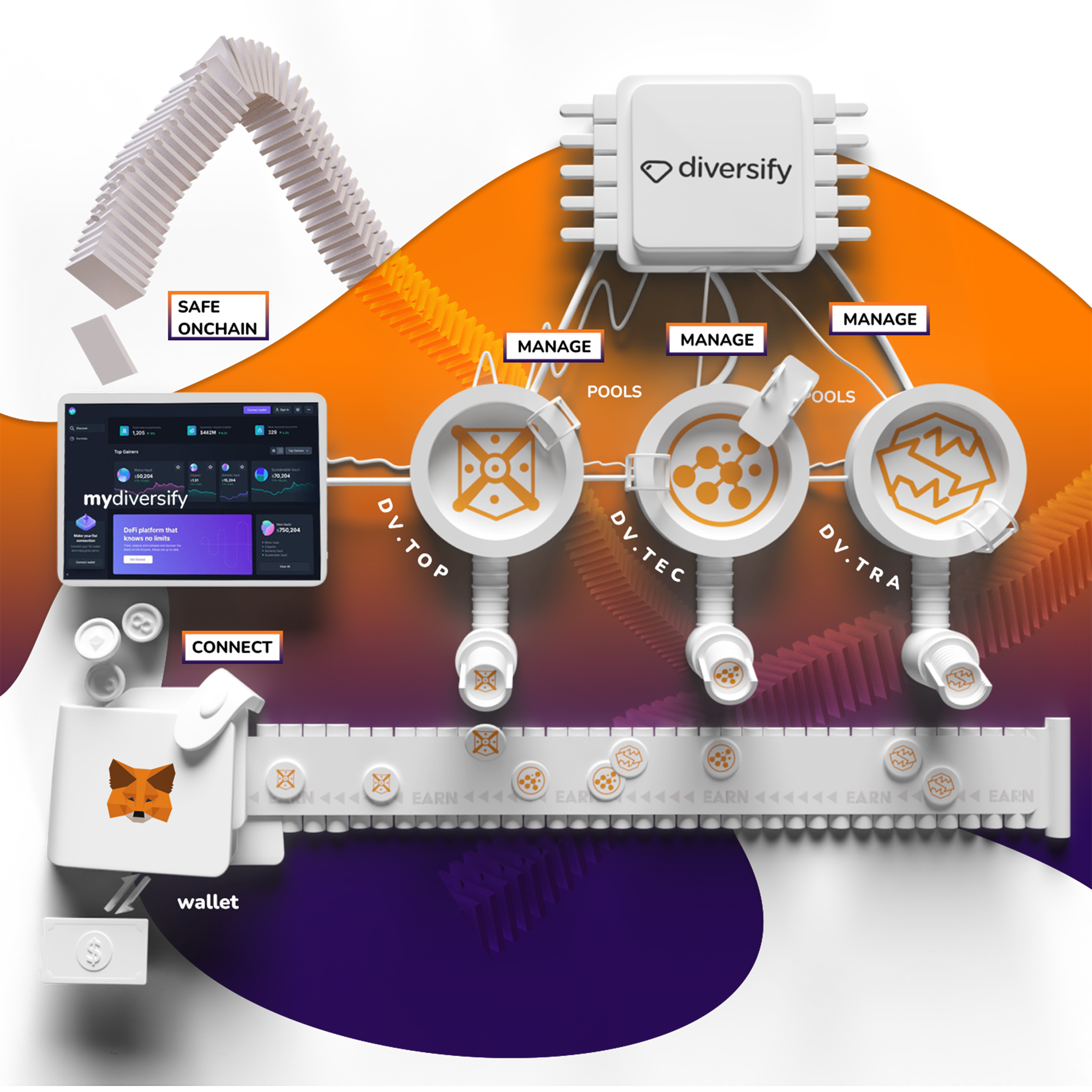
A brand is
the promise you make and the story you tell.
your brand is your legacy. Build it with intention, grow it with passion, and protect it with care.
Hi, my name is Stefan, and I turn brands into movements. With a sharp eye for strategy and a deep understanding of storytelling, I help businesses define their voice, own their space, and lead with purpose. My approach is bold, creative, and built for results—because in today’s world, only the extraordinary stands out.
Where Ordinary Ends.
I work with cutting-edge technologies, but every idea is handcrafted—designed with precision and tailored to serve its purpose with impact and authenticity.
My latest projects
Test the Spark Before the Fire.
Not ready to commit? No worries. Let’s take your brand for a quick spin—on the house. A free taste of bold ideas, tailored just for you. If it doesn’t ignite something, you owe me nothing (except maybe a coffee).
FAQs
1. What makes you so special?
Over 20 years of experience in branding
An innate understanding of audience needs and desires
Innovative, out-of-the-box ideas
Advanced strategic planning
Expertise in storytelling
How do I work with you?
We start with an introductory phase to discuss your needs
Together, we set clear goals
We focus on efficiency throughout the process
Independence is our top priority; therefore, we provide templates that enable you to continue independently without relying on us
What prerequisites do I need?
Courage and trust
A willingness to embark on an adventure
A solid understanding of your target audience
Clear knowledge of your unique selling points (USPs)
Openness to new ideas
A well-defined vision and established goals
How much does it cost?
Pricing depends on the size of your enterprise, but the typical hourly rate is around €160
We offer flexible, customized payment options
You’ll receive personalized, detailed reports on the hours worked
Planning and adjustments can be tailored to fit your budget
I have an in-house marketing department and/or designers. Will they be involved in the process?
Yes, we provide tailored training sessions
You will receive dynamic branding guides
Our approach adapts to your in-house workflows and processes
We offer training to empower your employees as corporate design experts






















